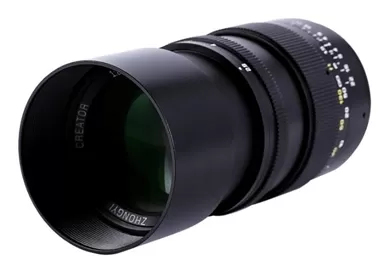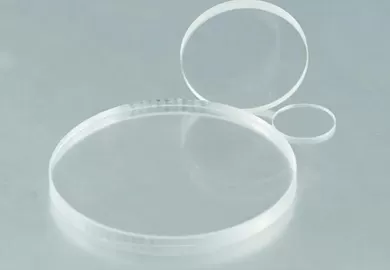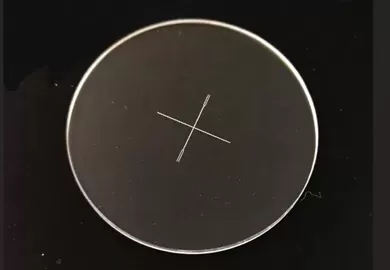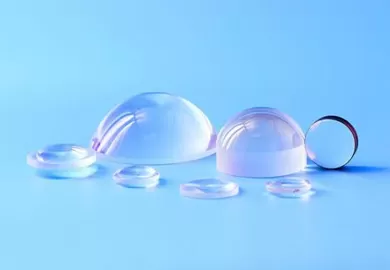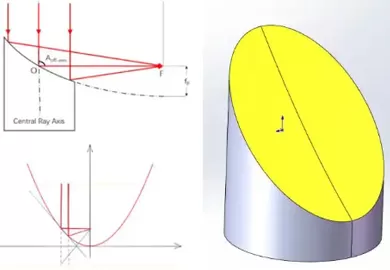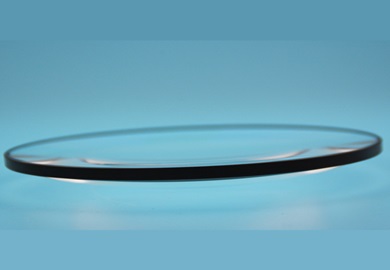Head office
ECOPTIK(CHINA)LTD
102, Building 13, No.832 Chengyuan Road, High-tech Zone, Changchun 130103, China
Subsidiary Corporation
ECOPTIK INDUSTRIAL PTE.LTD
346C, King George's Avenue, King George's Building, Singapore 208577
Subsidiary Corporation
ECOPTIK (NANJING)LTD
No.327, Nanpu Road, Jiangbei New District, Nanjing 210032, China


















 EN
EN

